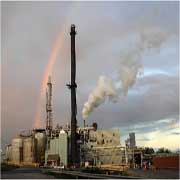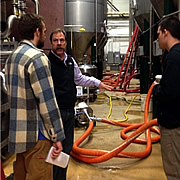By Theme:Arts and Literature | Campus Sustainability | Community Perspectives | Development | Economic Analysis | Ecosystem Analysis | Education | Energy | Environmental Justice | Food Systems | Geology of the Watershed | Green Architecture | Green Business | History of the Watershed | Invasive Species | Land Use Patterns | Public Policy | Recreation | Transportation | Water Quality
Green Business
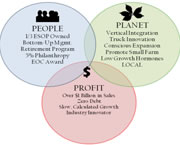 "We Are Closer to You": Stewart's Shops and Corporate Social Responsibility
"We Are Closer to You": Stewart's Shops and Corporate Social Responsibility
Harrison Shulman and Jim Turley (2010)
We studied the workings of Stewart's Shops to determine the practices that have enabled
them to be successful in business while maintaining a positive relationship with the
communities in which they operate stores as well as a low environmental impact. We
have discovered that Corporate Social Responsibility does not have to be driven by
a desire to strictly avoid risk, develop a marketing strategy or target a niche market.
In the case of Stewart's Shops, Corporate Social Responsibility has been the result
of their desire to make money and stay in business one hundred years from now.
Full report is not available. Please contact Karen Kellogg for more information.
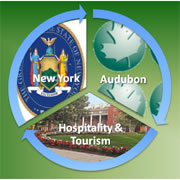 The "Greens" are Checking In: Assessing the New York State Green Hotel Partnership
The "Greens" are Checking In: Assessing the New York State Green Hotel Partnership
Dana Leonard and Derek Stork (2010)
New York has identified a national shift in the hospitality and tourism industry to
more environmentally friendly business practices, saving both operating costs and
natural resources. To influence this change, New York has established the Green Hospitality
and Tourism Partnership and Certification Program. To achieve a comprehensive understanding
and assessment of the Green Hotel Certification Program and Partnership, open-ended
interviews were conducted to address every level of involvement with the program.
Through the interviews and extensive media coverage we have found that select hotels
across New York are becoming ambassadors and are essential to the eco-tourism movement
in New York.
Michael Jennings and Doug Yeates (2011)
Why is Finch Pruyn, one of the largest remaining paper companies in the Adirondacks,
seeking to reduce their carbon and wastewater emissions as well as manage their forest
lands more sustainably? We examine the impact of outside stakeholders in making environmental
considerations an important component of Finch’s long term competitive strategy.
Jack Marston, LJ Combs, and Rebecca Schwartz (2014)
Brewing beer is an energy- and resource-intensive process, from importing ingredients, through many phases of the brewing process, to distribution of the final product. Many craft brewers across the nation are attempting to mitigate their environmental impact. We investigated current sustainability practices and efficiency measures in craft breweries, and used the findings to inform an action research plan for Olde Saratoga Brewing Company, including feasible strategies to reduce energy and resource use.
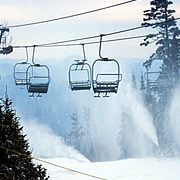 The End of Skiing?
The End of Skiing?
John Crisan and Andrew Blake (2014)
The first humans to strap long pieces of wood to their feet lived during the most recent Ice Age – 8000 BC. Today, skiing has become a way of life for some and declarations of its approaching demise have caused upset. We examined historic precipitation patterns, future climate and snow cover projections, and business theory to predict the effect of climate change on ski resorts.
Full report is not available. Please contact Karen Kellogg for more information.
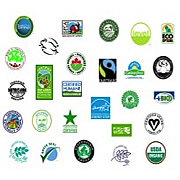 Easy Being Green? The Effects of Environmental Marketing on Millennials Consumer Behavior
Easy Being Green? The Effects of Environmental Marketing on Millennials Consumer Behavior
Elizabeth Dolan, Natalie McKeon, and Sarah Mellon (2015)
The Millennial Generation is very concerned about the environment, but this ecological sentiment may not translate directly to their purchasing behavior. Millennial consumers struggle in their ability to identify and interpret eco-labels. This population is more likely to support green products that are associated with a strong, eco-friendly brand, indicated by clear and visually-appealing imagery.
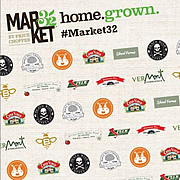 Got Local? Want Local? Consumer Marketing Analysis of Local Food
Got Local? Want Local? Consumer Marketing Analysis of Local Food
Rachel Dyckman, Olivia Gramprie, & Alyssa Hagerbrant (2016)
Local food (food grown within a region) is a growing environmental movement, and large food retailers are trying to capitalize on this trend. Retailers use food labels to capture consumer interest in local food. We evaluated local food availability in several cities within the Capital Region of New York State, and assessed how stores label and advertise local food. The majority of consumers will pay more for a local product, but availability and labeling vary widely among retailers.
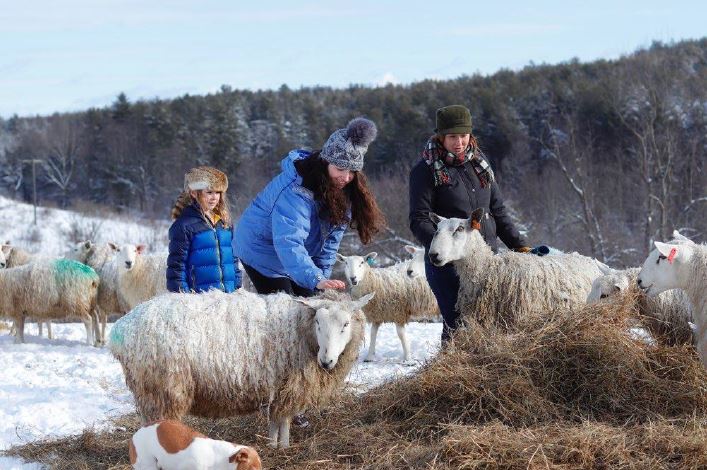
Grace Sowyrda (2020)
Unlike fast fashion, one of the world’s largest polluters, slow fashion considers all aspects of the supply chain, including environmental and social factors. The research explored consumer and producer perceptions of the drawbacks and benefits of slow fashion in the Hudson Valley through semi-structured interviews and surveys, to help consumers understand the importance of sustainable clothing and local fiber systems that decentralize the supply chain, heal soil, and reduce waste.
